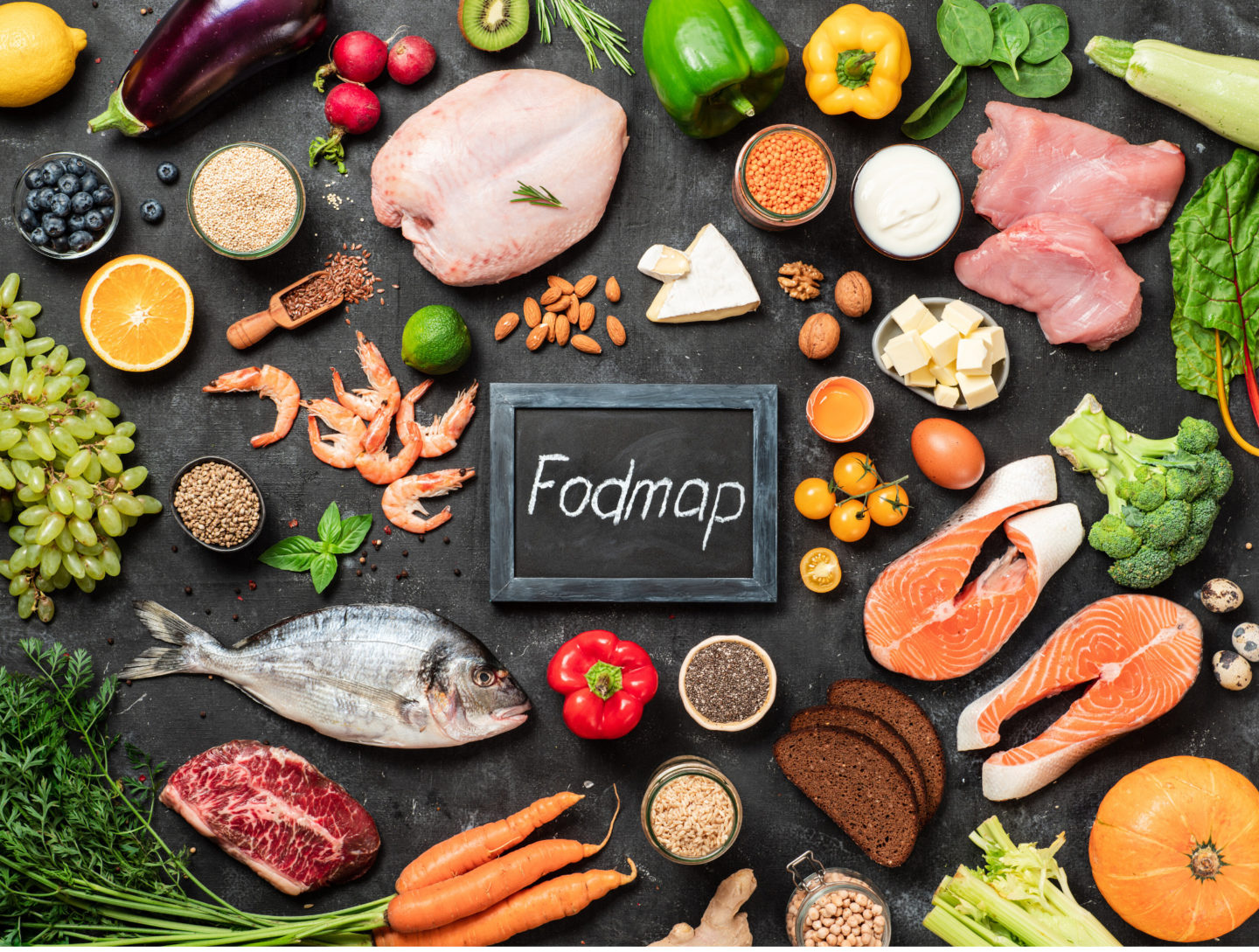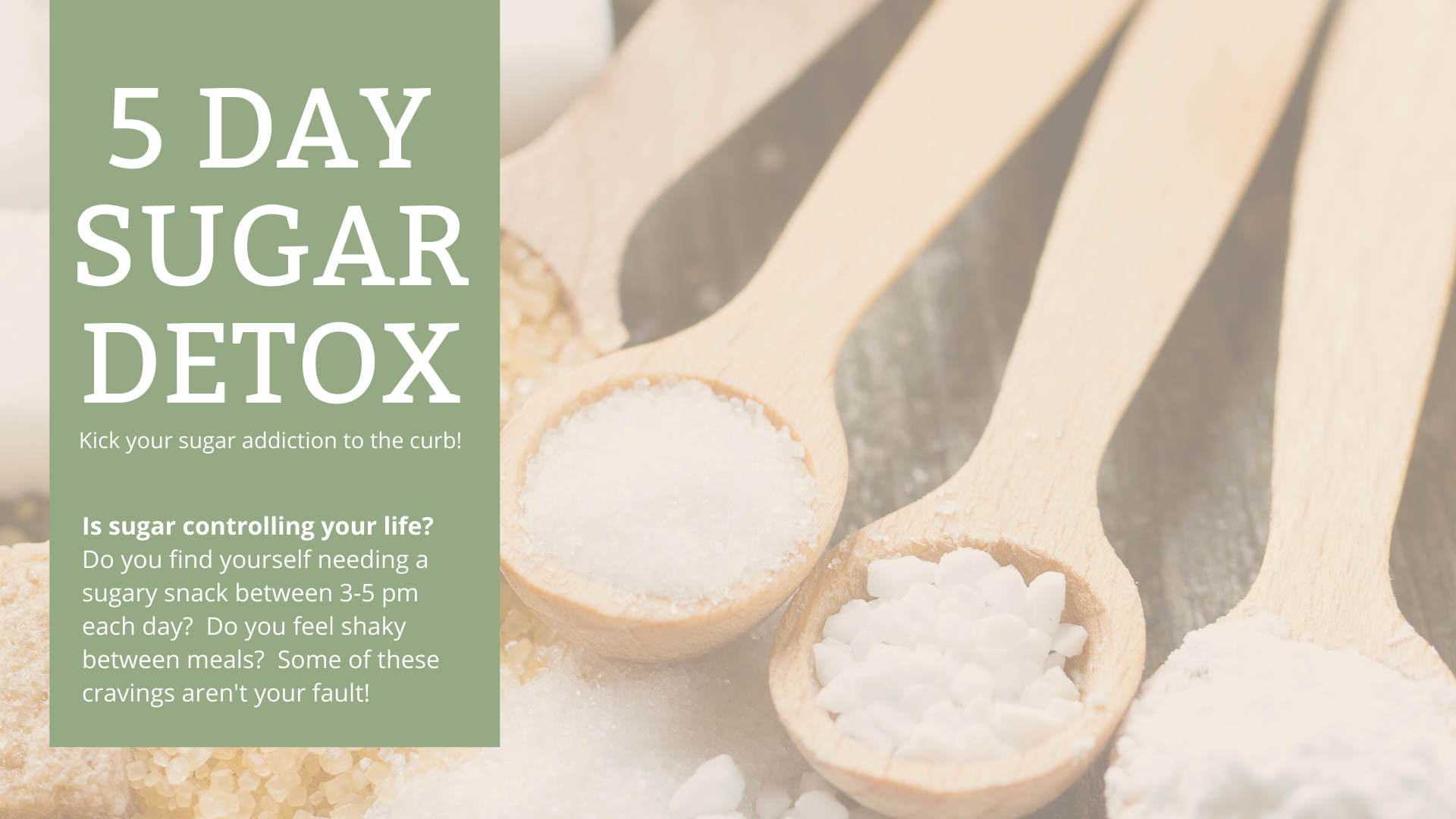
Have you heard of the low FODMAP diet?
Let me ask you another question, do you feel bloated or gassy after eating a meal? Even healthy meals?
Have you ever stopped to think about what was in the meal that caused it? Well, it could be a FODMAP that was causing all that digestive upset.
If you have Leaky Gut, IBS (Irritable Bowel Syndrome), or SIBO (Small Intestinal Bacterial Overgrowth) then chances are your doctor has recommended a Low FODMAPS Diet. And the thought of following yet another strick diet in hopes that your digestive issues will clear up sounds entirely too daunting and frankly you are exhausted from it all.
Does any of this sound familiar? It is exactly how I felt when my gastroenterologist told me to try a Low FODMAPs way of eating. Honestly, I burst into tears because I was SO tired of eating a very healthy meal only to feel extremely bloated and worse.
Let me back up and tell you what Low FODMAPs actually means.
Low FODMAPs is an acronym that stands for:
- Fermentable
- Oligosaccharides
- Disaccharides
- Monosaccharides
- Polyols
These are short-chain carbohydrates that for some people (like me) can be really difficult to digest.
Why should I try eating this way?
A study in Australia showed that eliminating foods that are high FODMAPS resulted in a reduction in IBS symptoms. Because those with IBS oftentimes also have SIBO, it stands to reason that reducing foods high in FODMAPS would also reduce SIBO symptoms.
It is important to note that eating a Low FODMAPs diet may very well ease your symptoms but it is not meant to be a long-term solution. It is also suggested to work with your practitioner to get to the root cause of why you are having these symptoms in the first place. And while I say it’s not a long term solution, it can be a way to determine what is best for you to eat in order to feel your best.
Have I lost you yet? Stay with me, here are some examples of FODMAPs:
Fructose (a Monosaccharide): fruit, honey, high fructose corn syrup, agave
Lactose (a Disaccharide): cow’s milk, yogurt
Fructans (Oligosaccharides): wheat, garlic, onions
Galactans (Oligosaccharides): legumes such as lentils, black beans, soybeans
Polyols (Polyols): sugar alcohols like mannitol and sorbitol
When certain people eat foods that have FODMAPS in them, these foods travel through the body drawing excess fluid from the small intestine and produce gas when they are combined with bacteria in the large intestine. These can lead to uncomfortable symptoms like bloating, gas, constipation, diarrhea, or both.
When working with your practitioner to determine which FODMAPS are causing an issue, you will most likely follow the low FODMAP diet. There are three phases to it: the Elimination, Reintroduction, and the Personalization phase. Let me explain this a little further.
The Low FODMAP DIET:
Step 1 Elimination phase: This will last anywhere from 2-6 weeks and is where you swap out foods that are known FODMAP irritants with ones that are known to not cause any digestive issues. For example, certain apples are high FODMAP, but navel oranges and kiwi can be eaten without causing harm.
Step 2 Reintroduction phase: After your digestion has healed and you aren’t experiencing any symptoms, you will slowly and methodically reintroduce one FODMAP at a time and record your experience. After you introduce a certain FODMAP, you will go back to the baseline way of eating for a few days. This gives your body a chance to heal and if you have symptoms, you will know it is that particular FODMAP that is causing the issue. This might sound like a pain but it is an important step so that you are not eating a restrictive diet forever.
Step 3 Personalization phase: Once you and your practitioner have established which foods are triggering your symptoms, you can then begin to build a plan to keep the foods that you tolerate well and avoid only those that cause you problems. This is such an important step as a low FODMAP diet is not meant to be a long term solution. Avoiding a large number of foods for an extended period of time can lead to overwhelm, health issues, and is just not a fun way to live.
I know this all sounds overwhelming and yes, it can be but I have some resources that I found made the process a lot easier for me and I am going to share them with you.
Low FODMAP Tips and Tricks:
The first thing I will tell you is knowledge is your best friend when trying to piece the digestive puzzle together so do a little more research – there are tons of good resources out there. Here are a few of mine – some cost and some are free but I consider all of these essential to my healing journey.
The Monash University FODMAP App
This app is full of educational material, a food guide where you can search your favorite food item and it will tell you if its low or high FODMAP. Portion sizes are something to consider as well, a small amount of a certain food may not cause any digestive issues, but double that portion size and you might have some discomfort. This app explains the portion sizes very well. They also have a place to keep a food diary on this app. This is super important when you are trying to figure out what caused your digestion upset. The Monash app also has recipes and so much more. You can even search for a registered dietician in your area. There is a difference between eating low FODMAP foods and following a low FODMAP diet. As referenced above, the diet involves an elimination phase, reintroduction phase, and a personalization. I highly recommend working with a qualified RD if you are truly trying to figure out which FODMAP causes you digestive upset. The app does cost money but I feel it is worth every penny!
Modify Health Meals
This is a meal service that I used when I was doing the elimination phase. They gave delicious chef-prepared meals that are shipped straight to your door. My husband is vegetarian and eats a ton of tofu and legumes – none of which I can eat due to the FODMAP content. So this meal service was a lifesaver for me. I still cooked his meals and simply reheated mine and avoided having to cook two meals. You can even purchase the package where you work with one of their knowledgeable registered dietitians. This will be a huge help when you are in the reintroduction phase. They also have the most amazing customer service team, which is a huge asset to me! ModifyHealth is generously offering $20 off your first 3 orders for a total of $60 off! Just click HERE and be sure to use the code SAGE60.
NervaIBS.com
I have to admit I didn’t think this program would work for me but honestly, I think it is a game-changer! The mind-gut connection is real and quite powerful! Once COVID started showing up in the US, I noticed my IBS started flaring up. Food that I thought was ok for me to eat started to make me gassy and bloated. Nerva helps you self-manage your IBS symptoms through science-backed gut-directed hypnotherapy. I know this might be a little too “out there” for some people, it was for me at first. But I committed to following the program for 6 weeks and my digestion has definitely improved! I am able to now eat certain legumes without ANY digestive issues!!! Wahoo – this makes me so excited;) I reached out to Nerva and they are generously offering you 30% off their 6-week program (Thank you, Nerva!!) click HERE to grab that discount!
Spoonful
Spoonful is another app that I found very valuable especially when I was at the grocery store. I love that it has a scanner. So you can scan a product you are considering to see if it has any FODMAPS. It will also identify which FODMAP the product has. This is super helpful especially once you have figured out which FODMAP is causing you issues. Click HERE to get Spoonful from the Apple App Store. Click HERE to get Spoonful at the Google store.
FODMAPEveryday.com
The website is sort of like a one-stop for all your low FODMAP needs. They have educational materials, recipes – even a place to shop for FODMAP friendly foods.
I hope this has been helpful!! If you have IBS, please leave a comment below and share some of your tips with us!
The information provided on this website is intended for your general knowledge only and is not a substitute for medical advice or treatment for specific medical conditions. None of my services shall be used to diagnose or treat any health problem or disease. I cannot and do not provide medical advice. You should seek prompt medical care for any specific health issues and consult your physician before altering your diet. The information and recipes provided in this site should not be used in place of a consultation with your physician or other health care provider. I do not recommend the self-management of health problems. Should you have any healthcare-related questions, please consult your physician or other health care provider promptly. You should never disregard medical advice or delay in seeking it because of the information provided on this site

